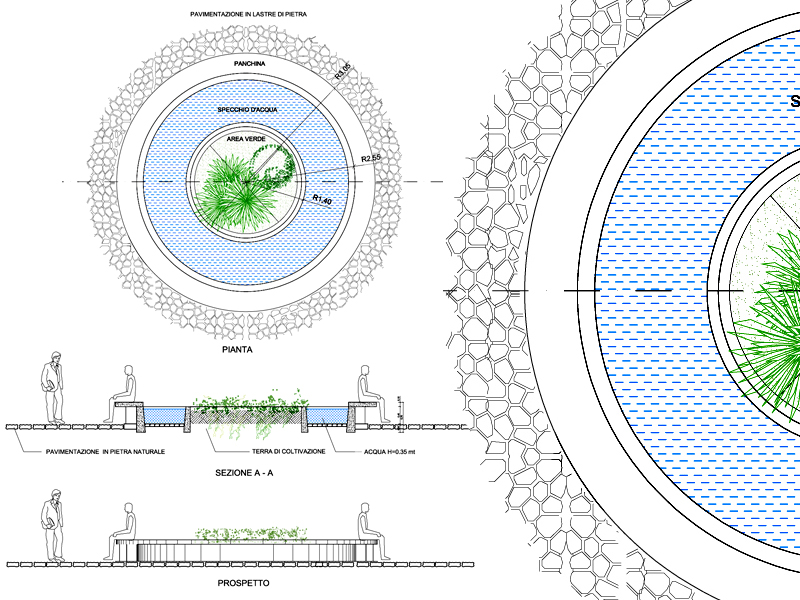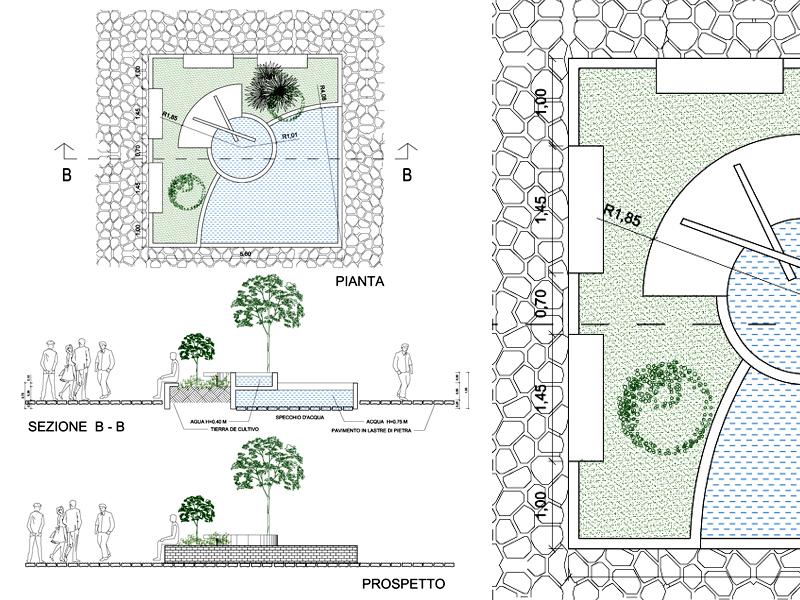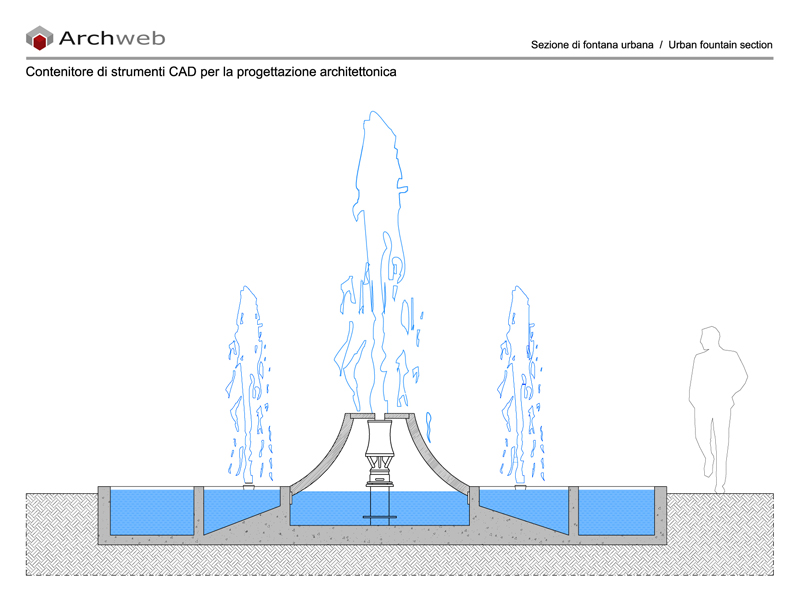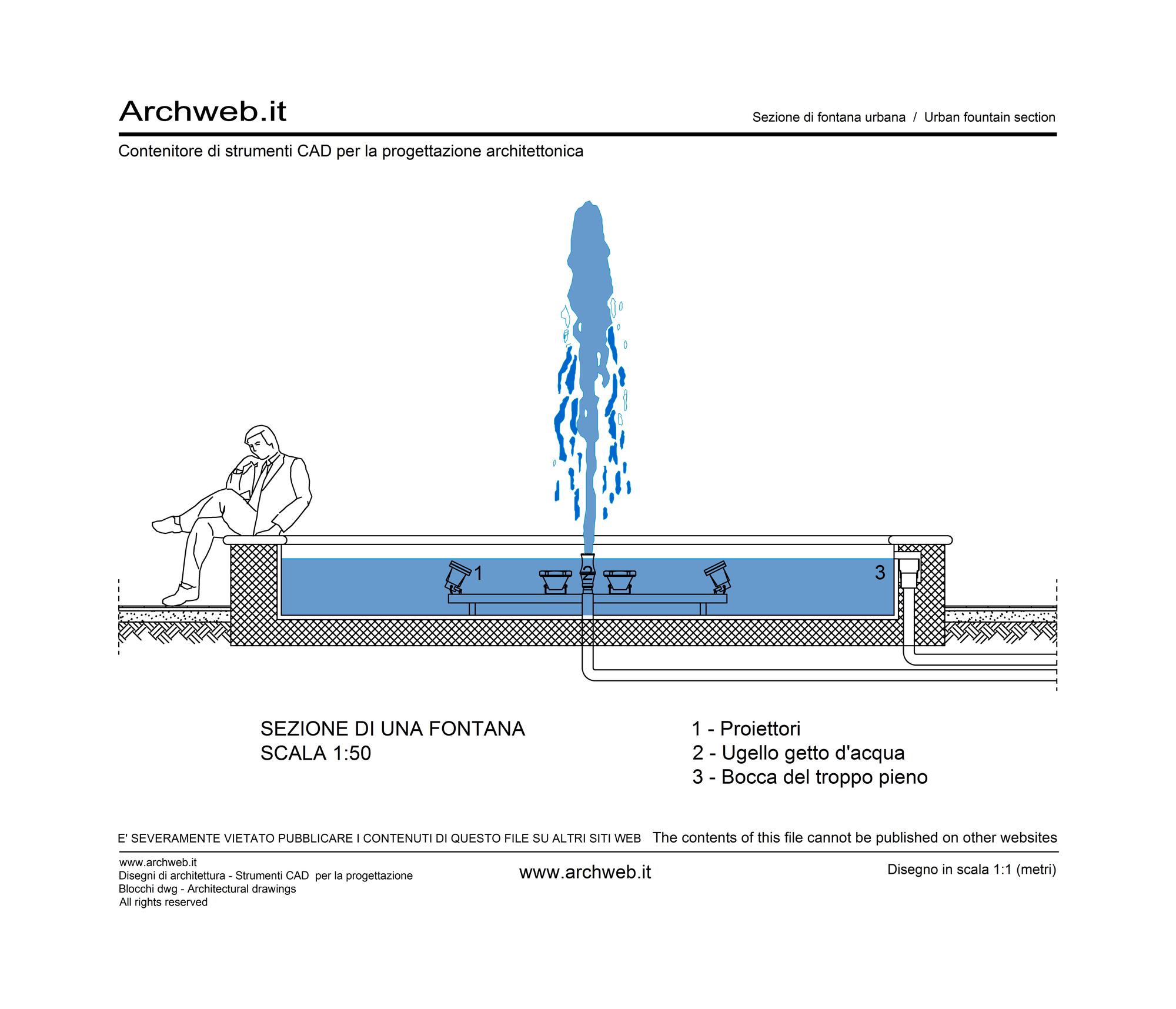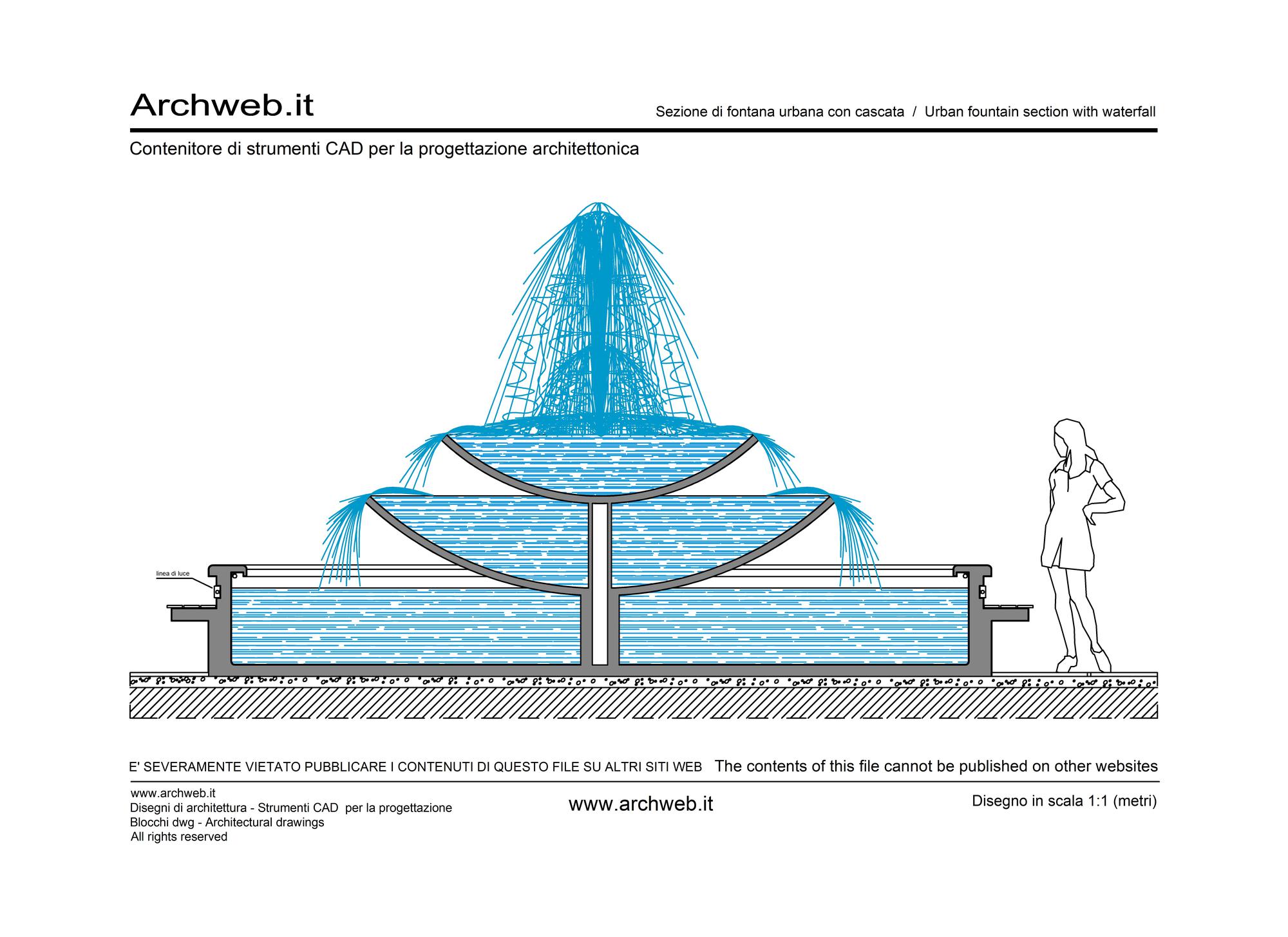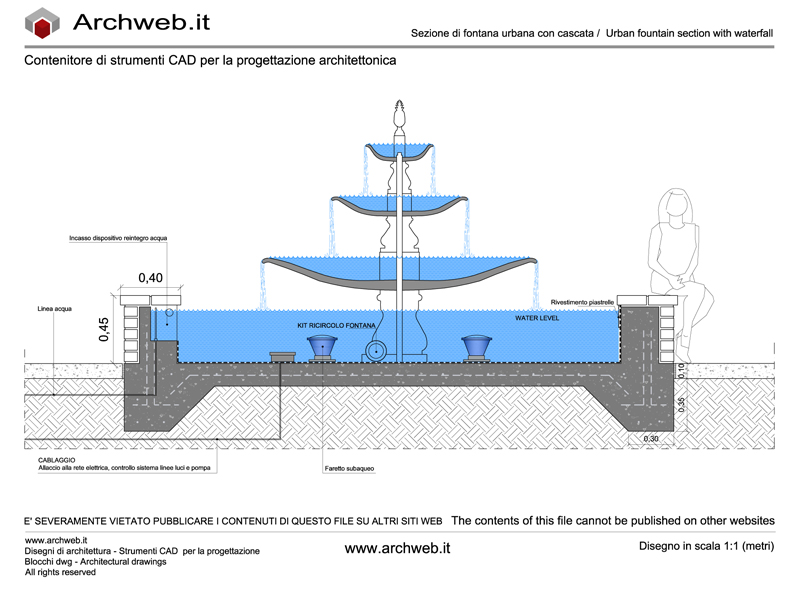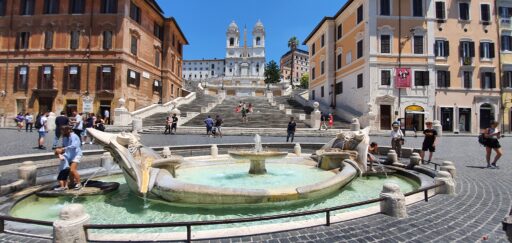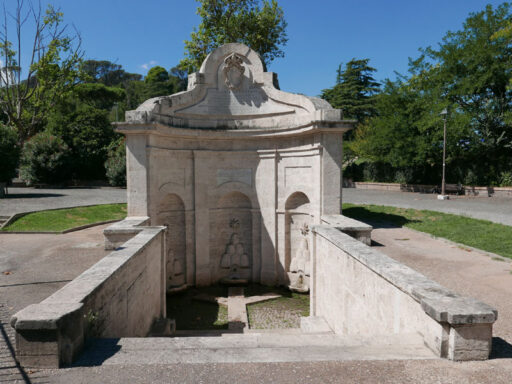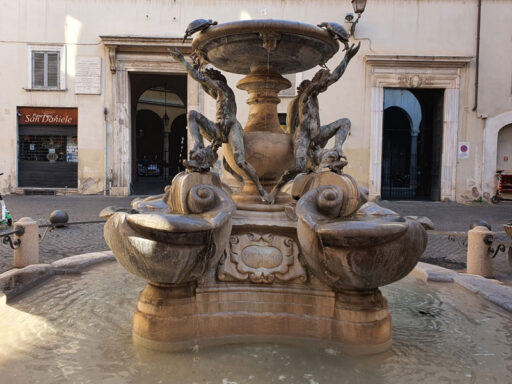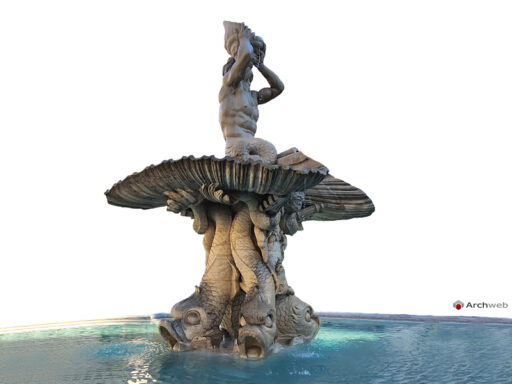Fountains and water features for parks
Functions - Design considerations - Types - Regulations and permits - Maintenance
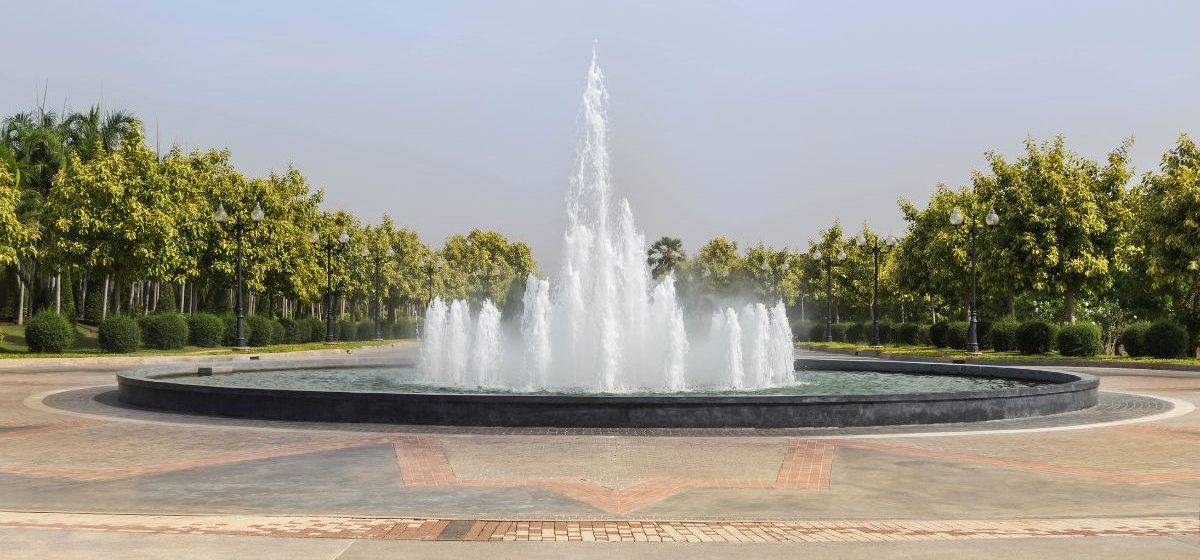
In urban parks and public gardens, fountains and water features add a touch of elegance and beauty, and perform a series of essential functions. From providing a serene atmosphere to offering a place for relaxation and contemplation, fountains create a unique environment that captivates visitors.
However, the design and installation of these attractions requires careful consideration of both aesthetics and regulations. In this article we will explore the different functions of fountains, the design principles and standards that ensure their safe and sustainable operation.
The functions of fountains and water features
Fountains and water features perform a number of functions in public parks and gardens, going well beyond aesthetics. First of all, they are an element of attraction and interest for visitors. Moving water has an intrinsic charm that attracts people of all ages. Fountains can become the focal point of a park, attracting visitors and creating a lively, cheerful atmosphere. Additionally, fountains can help create a relaxing and peaceful environment. The sound of flowing water can have a calming effect on people, providing a unique sensory experience. Finally, fountains can have a practical function, such as cooling the air during hot days or creating a cooler microclimate in the immediate vicinity.
When designing a fountain or water feature, it is important to consider all of these different functions. The location and orientation of the fountain, for example, can influence the visual effect and sound of the water. Additionally, the size and shape of the tub or basin can affect the amount of water needed and its circulation. It is important to find a balance between functionality and aesthetics, creating a whole that is pleasing to the eye and offers a pleasant sensory experience.
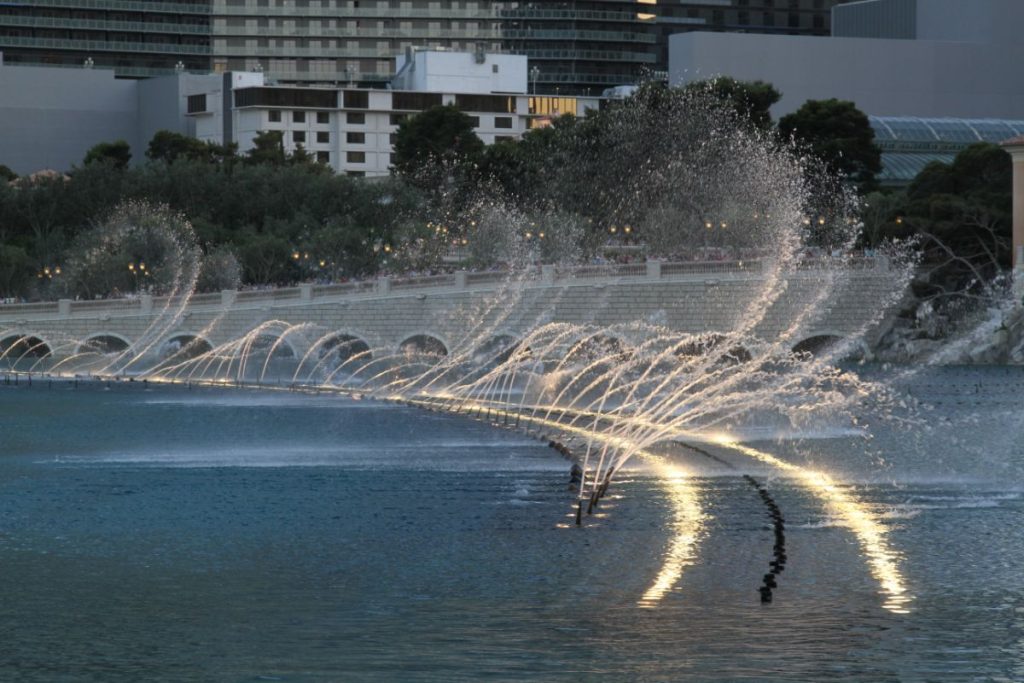
Design considerations for fountains and water features
Designing a fountain requires a combination of technical and creative skills. First of all, it is necessary to consider the context in which the fountain will be placed. The surrounding landscape, architecture and style of the park or garden must be taken into consideration to create a design that integrates harmoniously with the surrounding environment.
Another important aspect of fountain design is the use of the appropriate components. Fountains can be made with a variety of components, such as nozzles, electric pumps, lighting spotlights, etc. The choice of individual components depends on the style of the park or garden, but also on the durability and maintenance required. For example, a fountain in which the water flows from a pile of stones forming cascades may require less maintenance than a fountain with an external set of nozzles. The second case is certainly more spectacular, but requires constant maintenance.
Furthermore, the design of the fountains must take into account the safety of visitors. Fountains must be designed to avoid the risk of falls or injuries. For example, the tanks cannot exceed a certain depth, and the walkable solutions must include non-slip surfaces, furthermore the edges of the tanks or basins must be rounded to avoid impact injuries. In any case, it is important to install adequate signs to indicate prohibited or dangerous areas.
Types of fountains and water features
Fountains and water features can be made in a variety of styles and shapes, each offering a unique and distinctive feel. Here are some of the most popular types of fountains and water features used in public parks and gardens:
- Jet fountains. These are the most common fountains, characterized by vertical or inclined water jets. They can vary in height and can be designed in different patterns and shapes. These fountains can be simple and minimalist or more elaborate and sumptuous.
- Cascading fountains. These fountains are characterized by a series of small waterfalls that pour into a tub or basin. They can create a relaxing and tranquil effect, with the sound of gently flowing water. Again they can be simple or more elaborate with distinctive decorative elements.
- Interactive fountains. These fountains are designed to actively engage visitors. They may include water features, splashes or jets that visitors can control or activate. These fountains are especially popular with children, offering them a fun way to interact with water.
- Dancing fountains. These fountains are true artistic masterpieces, designed to amaze and enchant visitors. They can include water shows, choreographies to the rhythm of music, light and color effects. This type of fountain is often used as a focal point in public areas, attracting attention and creating a magical atmosphere.
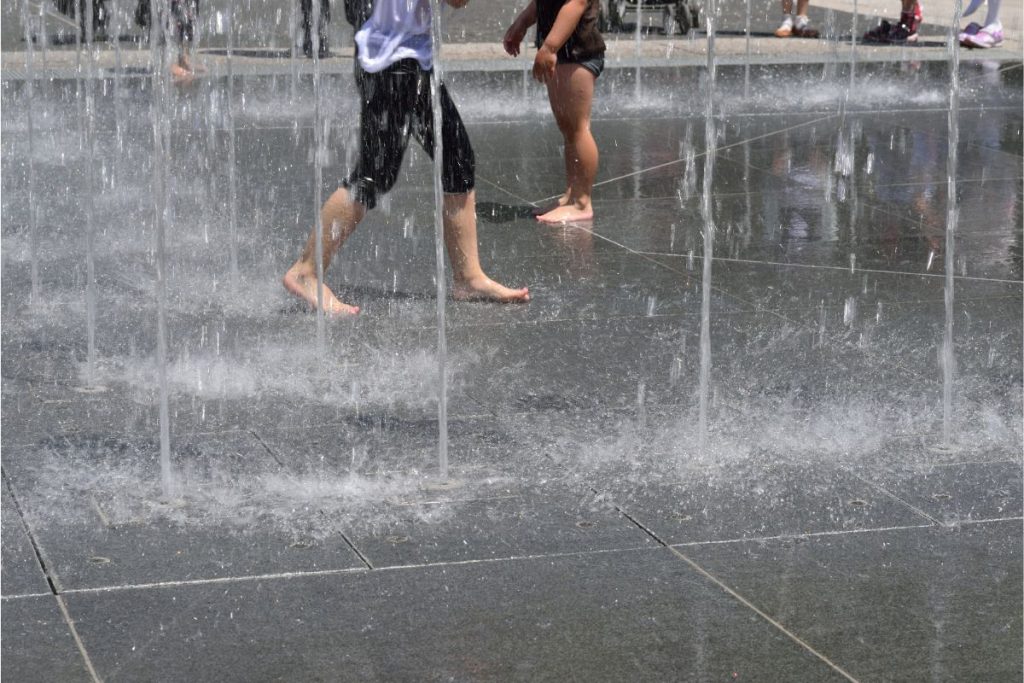
Regulations and permits for the installation of fountains and water features
The installation of fountains and water features in parks and public gardens is subject to specific regulations and permits. These regulations are designed to ensure the safety of people and the sustainability of water use. Before installing a fountain, it is important to consult the relevant authorities to obtain the necessary information and to ensure compliance with local regulations.
Some of the common regulations involve the amount of water used, the recirculation system, leak prevention, as well as managing fountains during periods of drought or water use restrictions. It is also important to consider aspects related to accessibility for people with disabilities, such as wheelchair access or the presence of tactile signs for the blind.
Maintenance and care of fountains
The maintenance and care of fountains and water features in parks and public gardens are essential to guarantee the correct functioning and longevity of the system. An important aspect of fountain care is the maintenance of the electric pump, which involves periodic checking and cleaning to ensure its efficiency. Furthermore, it is essential to have a supply of garden accessories and decorations to maintain the aesthetics of the fountain. To this end it is necessary to have spare parts, cleaning solutions and specific tools available.
Cleaning and maintaining the fountain itself is another key aspect of maintenance. We recommend using specific products for outdoor fountains to avoid damage and maintain the integrity of the fountain. Regular cleaning of the fountain surface and basin is necessary to remove dirt, debris and algae buildup.
Choosing an appropriate location for your fountain can greatly reduce maintenance needs and potential damage. Placing the fountain away from trees or other sources of debris can help prevent clogging of the filters or nozzles, which could restrict the flow of water. Regular cleaning of these elements is essential to ensure a continuous and unobstructed water flow.
Regular maintenance is essential to preserve the aesthetics and functioning of the fountains. Therefore it must be entrusted to professionals, as they have the skills and equipment necessary for thorough cleaning and maintenance.
In general, proper maintenance and care of fountains and water features in public parks and gardens is essential to their longevity and aesthetic appeal.
Conclusions
Fountains and water features offer a magical way to enhance public parks and gardens, creating a unique and inviting atmosphere. In addition to being visually appealing works, fountains serve a number of essential functions, from attracting visitors to creating a relaxing environment. Their design requires a combination of artistic and technical skills, with particular attention to visitor safety. Furthermore, the installation of fountains and water features is subject to specific regulations and permits, which guarantee the sustainability of the use of water and compliance with current regulations.
Cover photo: Airubon from Getty Images




























































